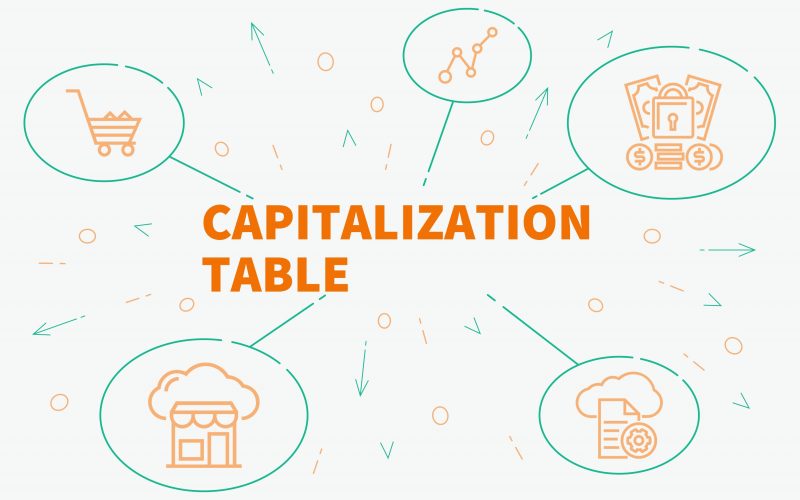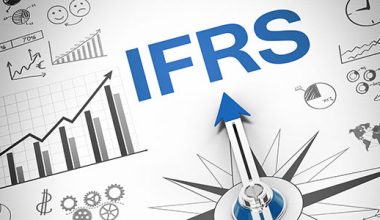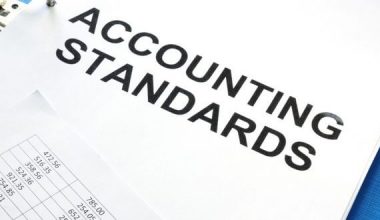Starting a business can be a daunting task. As a business owner, you need to work hard and utilize available skills and different means of innovation to ensure stable growth. Your primary goal may be for your business to grow as quickly as possible.
As the business expands, you may decide to issue stock options to attract new staff and funding from investors. All of this is incorporated into a document called a cap table.
What Is A Cap Table?
A capitalization table, or “cap table,” refers to a spreadsheet or record showing the equity capitalization of a company. In other words, it’s a detailed account of the equity of your company’s shareholders. A simple cap table records individual investors and share prices, as well as the kinds of equity ownership capital. A more complex cap table will list all those records and will also have details of future funding, acquisitions, public offerings, and other important transactions.
A cap table is essential to many companies, as it offers information on market value and company investors. For this reason, it’s crucial to ensure your cap table is up to date. For improved efficiency, you may want to integrate your cap table with available tools and technologies that will make it easier for you to update your table.
What Are The Essential Elements Of A Good Cap Table?
As mentioned above, a cap table contains crucial pieces of information about your business, and the following are some essential elements you should include in your cap table.
#1. Shareholders
A shareholder is an individual or firm that owns one or more company shares. A good cap table should show the name of each shareholder and the number of shares they own. The table should be designed in a simple and clear layout so you can easily calculate shareholder equity and outstanding shares. That way, if you want to invite more staff, you can easily know the percentage of the available shares.
#2. Authorized Shares
This refers to the number of stock shares that a company is permitted to issue to investors when they incorporate. This element of a cap table is crucial when a company is asking for funding. In most cases, the number of authorized shares may be higher than needed. This makes it easier for the company to issue stocks in the future when needed—for instance, to benefit key employees.
The following are some things you should consider when determining the number of authorized shares.
- Future funding needs: As mentioned above, you can use authorized shares when looking for financing. Thus, it would be best to have accurate future projections before determining the number of authorized shares. This will ensure you have the right number of shares to issue when you need funding.
- Number of business principals: The number of people involved with your business will also determine the number of authorized shares. Often, the higher the number of business principals you have, the more shares you’ll need to issue.
#3. Convertible Loans
This is another element you should include when creating your cap table. Convertible loans refer to short-term debt that converts to equity. Unlike traditional debt, convertible loans allow the investors to have equivalent shares of the company instead of debt repayment plus the interest. Including this element in your cap table will make it easier for you to evaluate how much debt you owe and how it might affect your equity distribution.
#4. Total Share Ownership
This shows the total sum of the convertible notes, stock options, common stocks, and any other stock category for a single individual. This information will be helpful when making important decisions about equity distribution.
Creating an effective cap table can be challenging, especially when you don’t have the necessary know-how for it. Thus, it’s advisable to work with an expert who’ll utilize the available tools to formulate an effective cap table.
What Are The Uses Of A Cap Table?
A cap table can play a huge role in improving your business operations. Here are some of the ways it may benefit your business:
#1. Raise Funds
As a business owner, when convincing investors to finance your start-up, you have to show who owns the company and the changes that have occurred since the last funding. Just like a business plan, the information on your cap table will help an investor decide and understand where they’ll rank in case you liquidate your company. For this reason, you should ensure your cap table has accurate and updated information.
#2. Comply With Tax Requirements
Depending on where you live, cap tables can be considered a legal record of equity ownership. The tax body in your locality can use the information on the cap table to determine whether your business, investors, and other business principals have filed their taxes. Thus, in constantly updating your cap table, you’re ensuring you’re up to date on tax requirements.
#3. Sell The Company
If you decide to sell your business, the shareholders divide the proceeds. An up-to-date cap table will make it easier to determine the number of shareholders and the number of shares each one holds. This will reduce the chances of any possible disagreements and lawsuits that may arise from proceeds distribution.
How To Maintain A Cap Table For Investors?
You can use the following methods to sustain your cap table for investors.
#1. Add Pre-Money Valuation
Pre-money valuation refers to the company’s equity before it receives cash from new investors. Adding this information will ensure the fair value of shares and the amount of money a company should be looking for with new investors. It also makes it easier for new investors to determine the percentage of ownership after investing a certain amount of resources.
#2. Regularly Update Your Cap Table
To fully utilize a cap table, it’s important to ensure it’s kept up to date at all times. This entails recording changes such as new shareholders, stock option exercises, and transfer of shares among shareholders. Updating your cap table regularly will be helpful when you have to make important decisions about your business.
Bottom Line
As mentioned above, a cap table will be of great help when looking for funding from investors. For this reason, it’s important to ensure you develop an accurate cap table with all the essential information. The elements mentioned above are some of the most crucial details to include in your capitalization table.






